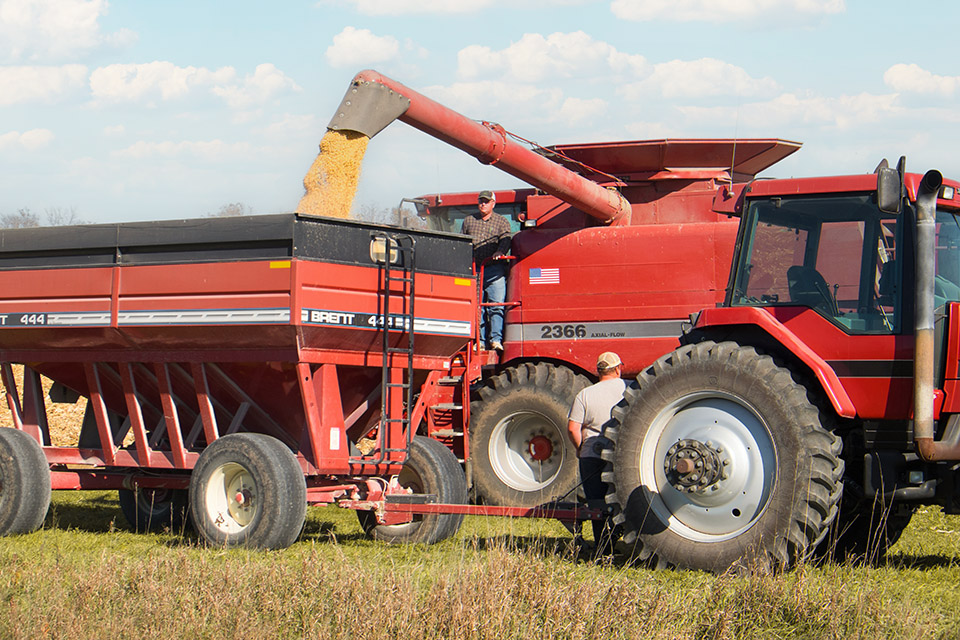
(Photo: Iowa Soybean Association / File Photo)
Shining a light on safety during harvest season
September 28, 2023
Cooler temperatures, earlier sunsets and the changing hues of the Iowa landscape - harvest season is here, and farmers are taking advantage of the mild and dry conditions to get into their fields.
While the weather has been cooperative and the immediate forecast suggests pleasant conditions for harvest, farmers and motorists must keep safety top of mind.
Incidents prompt concern
In Marshall County, two farm-related fatalities in the past two months are serving as a reminder of the dangers associated with farming and the harvest season.
In late August, a 51-year-old rural Gilman man was killed when he was struck by his own tractor in the southeast part of the county.
His death was followed by the passing of a 57-year-old woman from Union on Sept. 23 who had been operating a loader tractor in the northwest portion of Marshall County when it overturned.
These two incidents, sadly, are not unique, but Chief Deputy Ben Veren with the Marshall County Sheriff’s Office, says farmers can make a difference by following some sound advice.
“With farmers working long hours during harvest, the extra fatigue greatly increases the chance of accidents or injuries,” Veren says. “Too often, we’re in a hurry to make repairs to keep the operation moving. Even simple repairs like changing a broken sickle section on a bean platform have the potential for serious lacerations. We encourage farmers to have a first-aid kit with them out in the field. Most rural areas often experience longer wait times for EMS and it’s important to know where that first-aid kit is located and how to use it.”
In the case of an emergency, finding the injured party can also be a challenge.
“Getting an accurate location to emergency services can be difficult when working in rural farm fields,” says Veren. “Even though dispatch centers can usually map the location of a 911 call, it is not always accurate or precise especially in areas with spotty cell phone coverage. In the case of an emergency, try to give directions from the nearest intersection or address marker and if someone is available, have them go to the roadway to meet fire or EMS personnel.”
Veren also says many sheriff’s deputies across the state are equipped with medical kits and automatic defibrillators (AEDs). It is not uncommon for them to be the first to arrive on scene of medical emergencies in rural areas.
Staying alert
Drivers must also share the road with farmers and their equipment for the next several weeks.
“Farm tractors, combines and implements are much larger and heavier than the average car or truck,” says Veren. “Drivers should be aware that trucks and farm tractor trailers will be turning in and out of farm field drives where drivers aren’t used to seeing turning traffic. Drivers should be patient and make sure it is safe to pass slow-moving equipment.”
The deputy says farmers can do their part to help improve the safety of their equipment on the roadway by ensuring that all warning lights and reflectors are in place and working properly. Keeping mirrors and windows clean allows the operator to safely see other motorists on the roadways.
“It’s also important for operators of the slow-moving vehicles to use turn signals and visually check before making turns to ensure that nobody is passing,” Veren says. “Farmers should make sure to use amber warning flashers when driving slow-moving farm equipment on the roadways after dark.”
Back